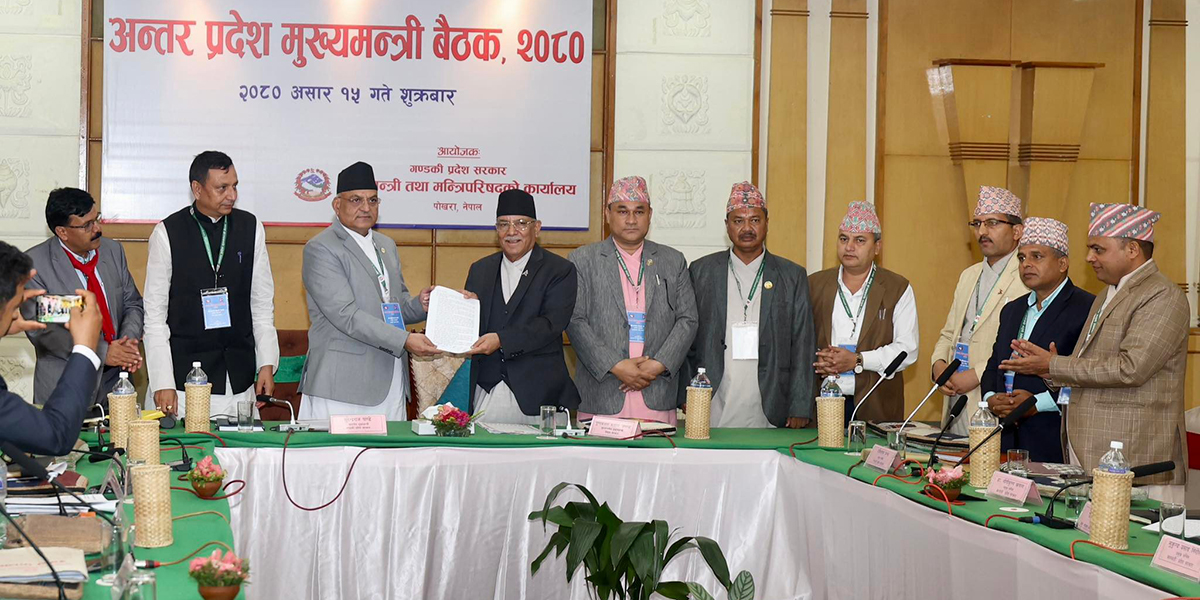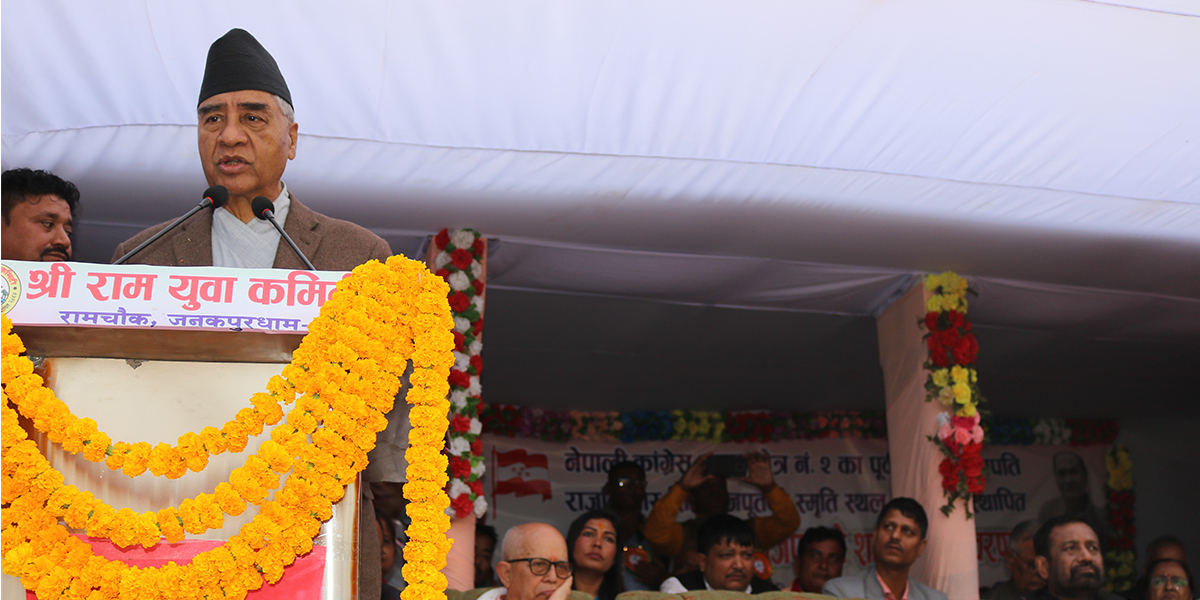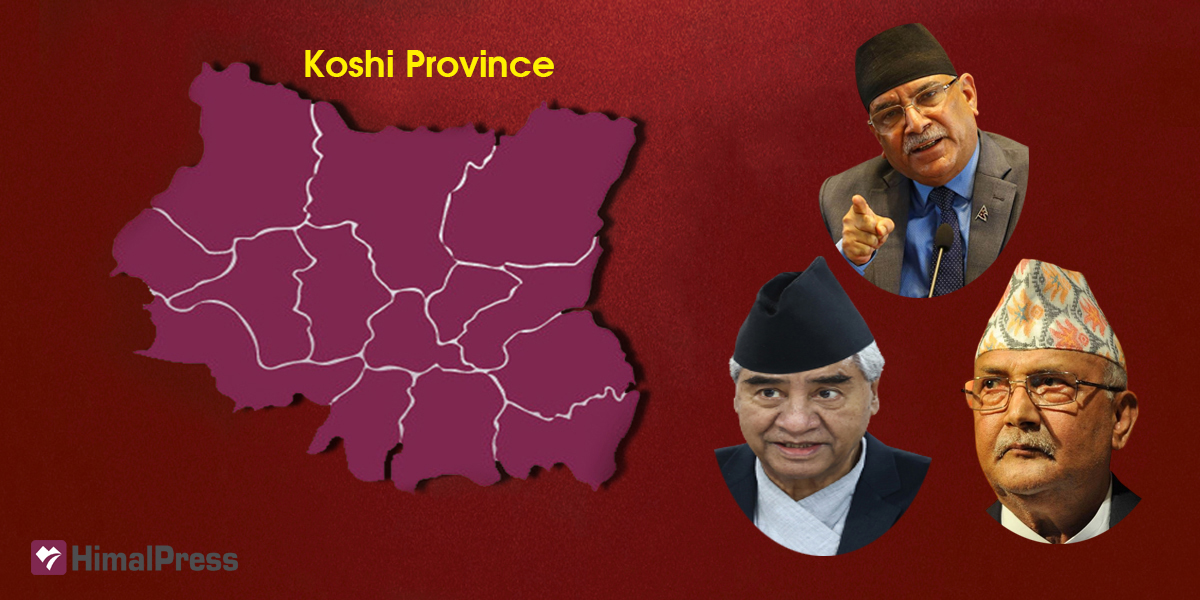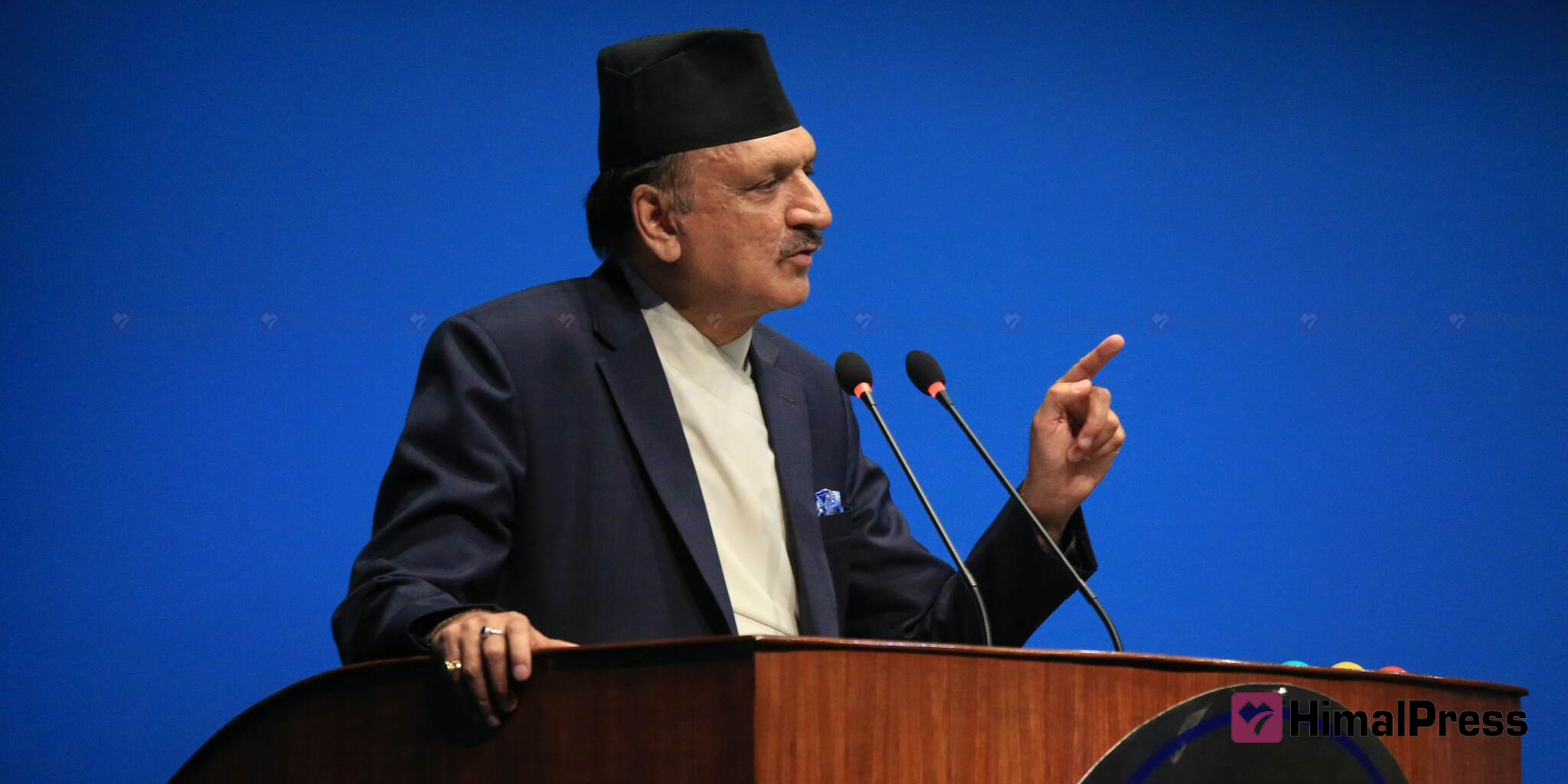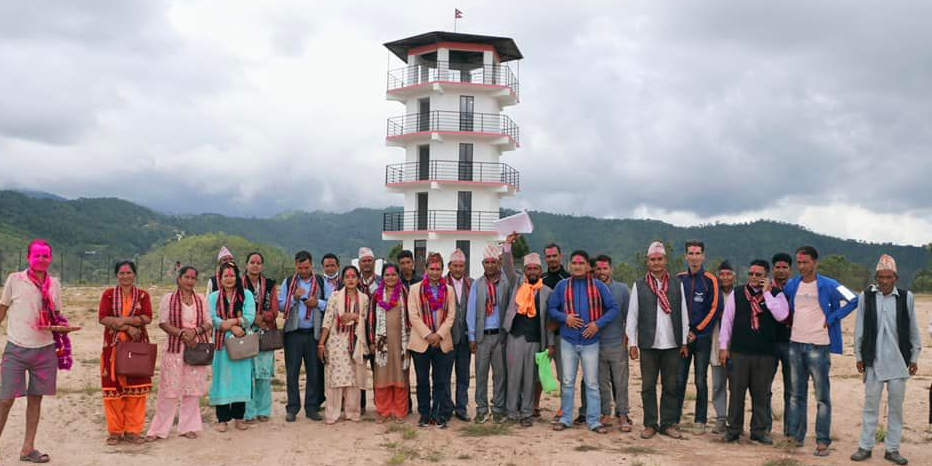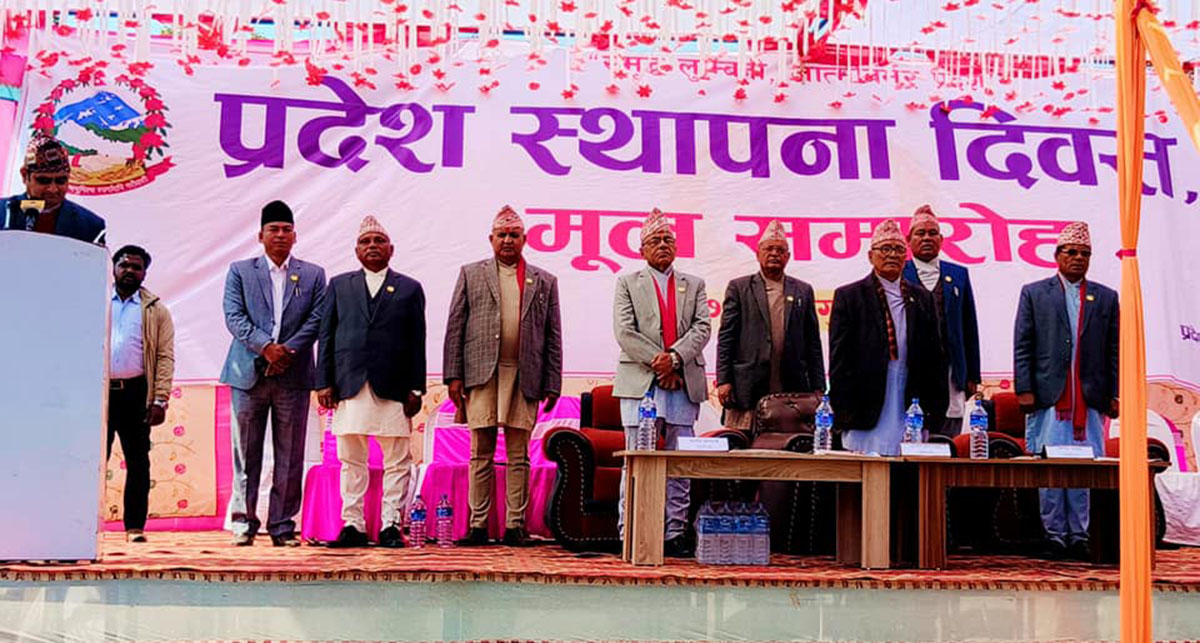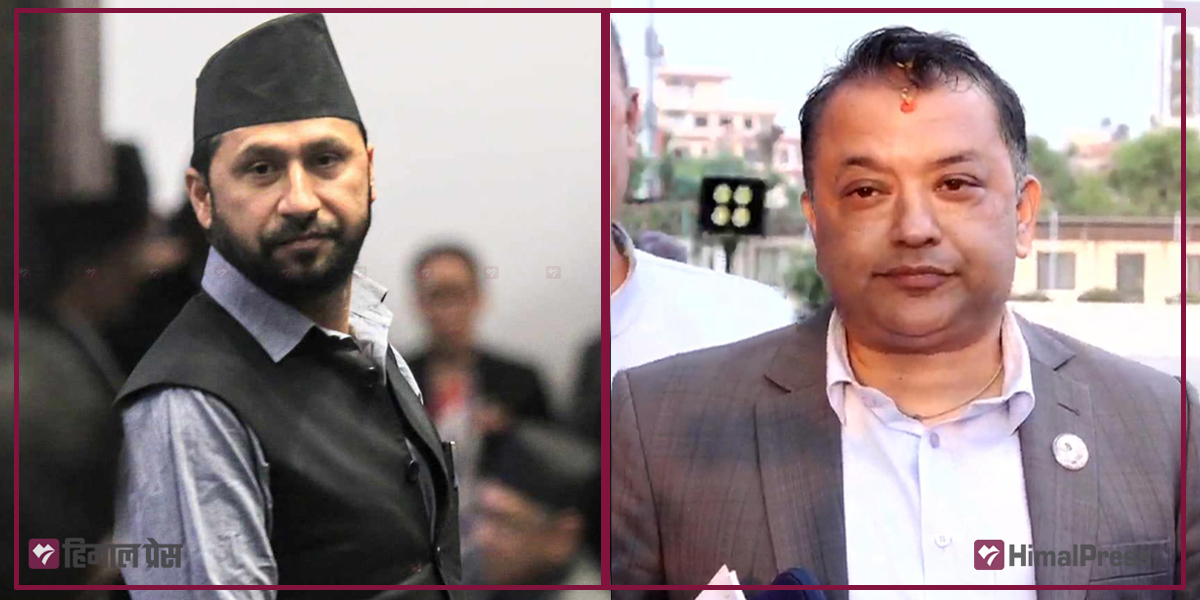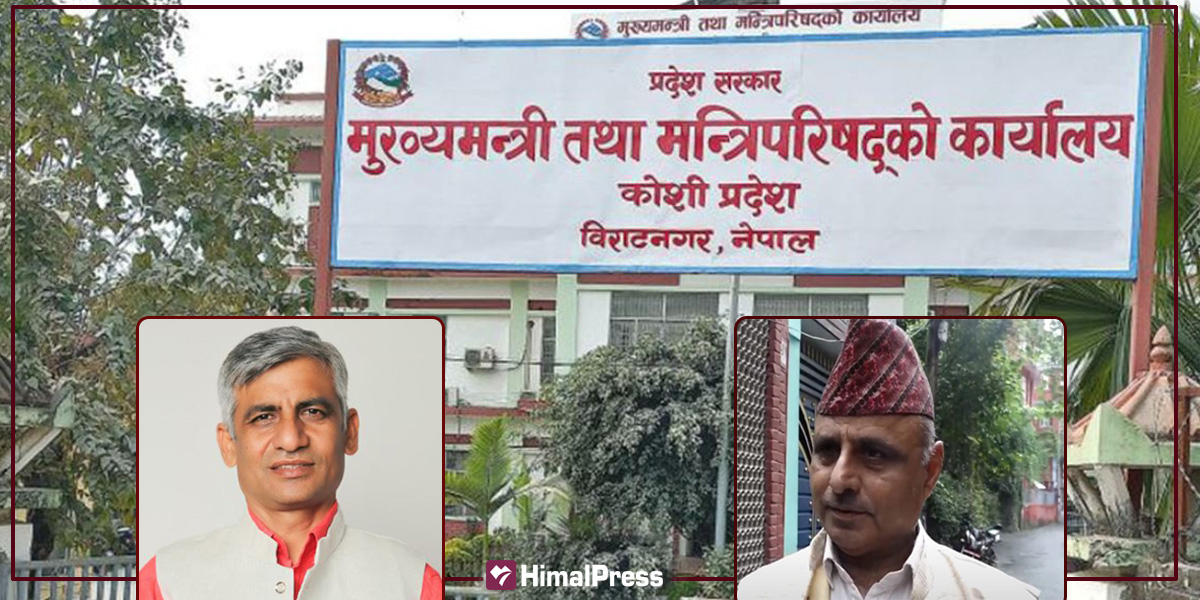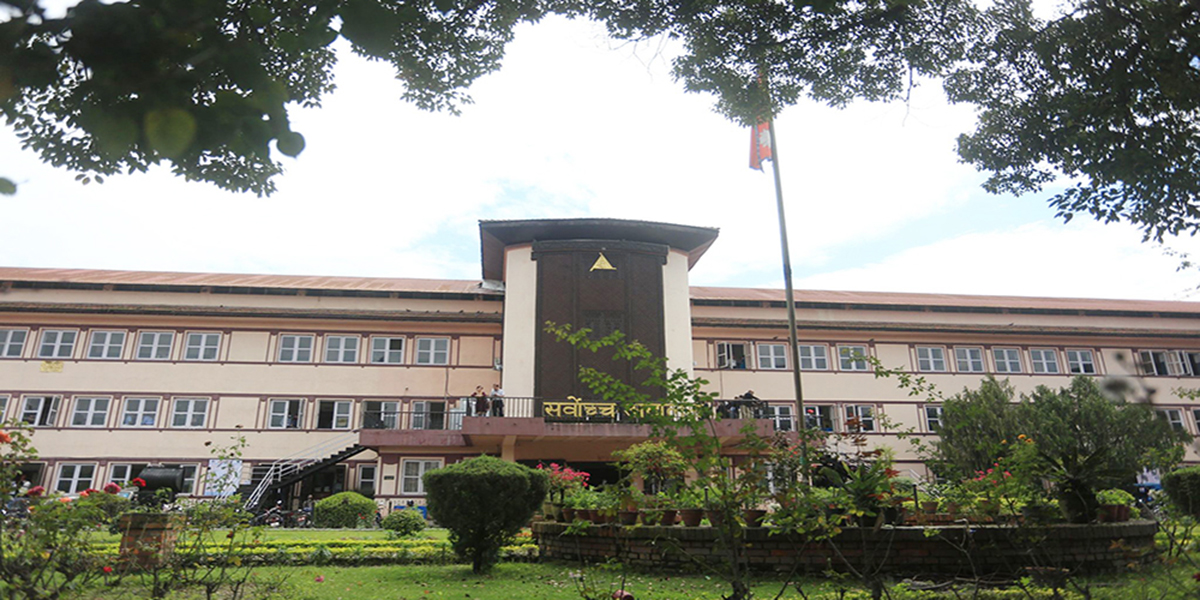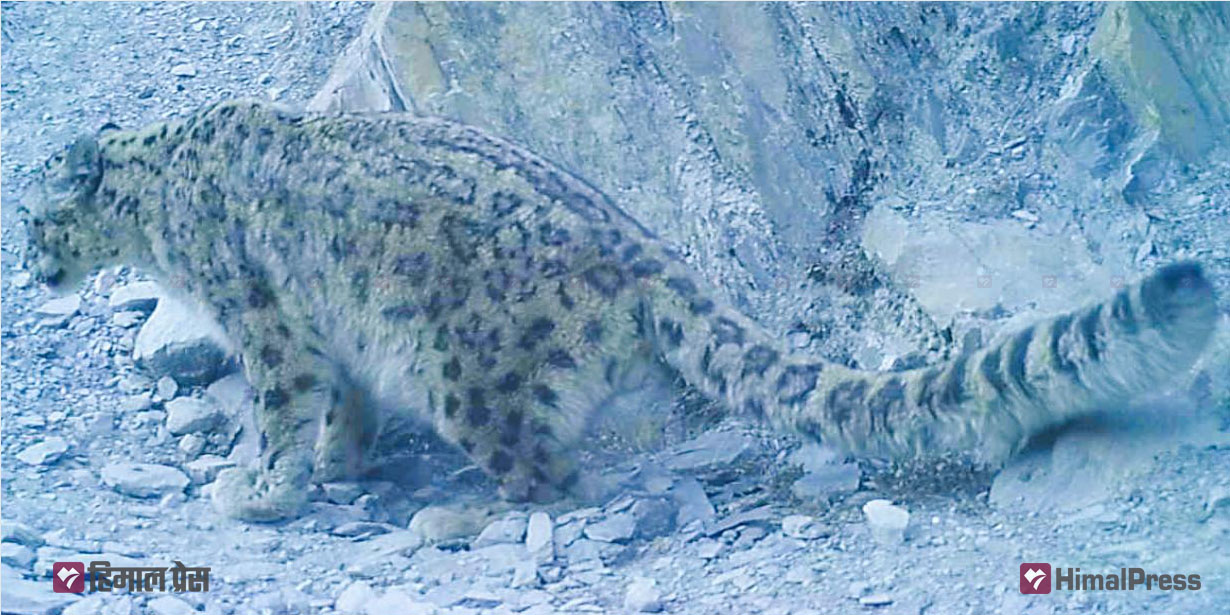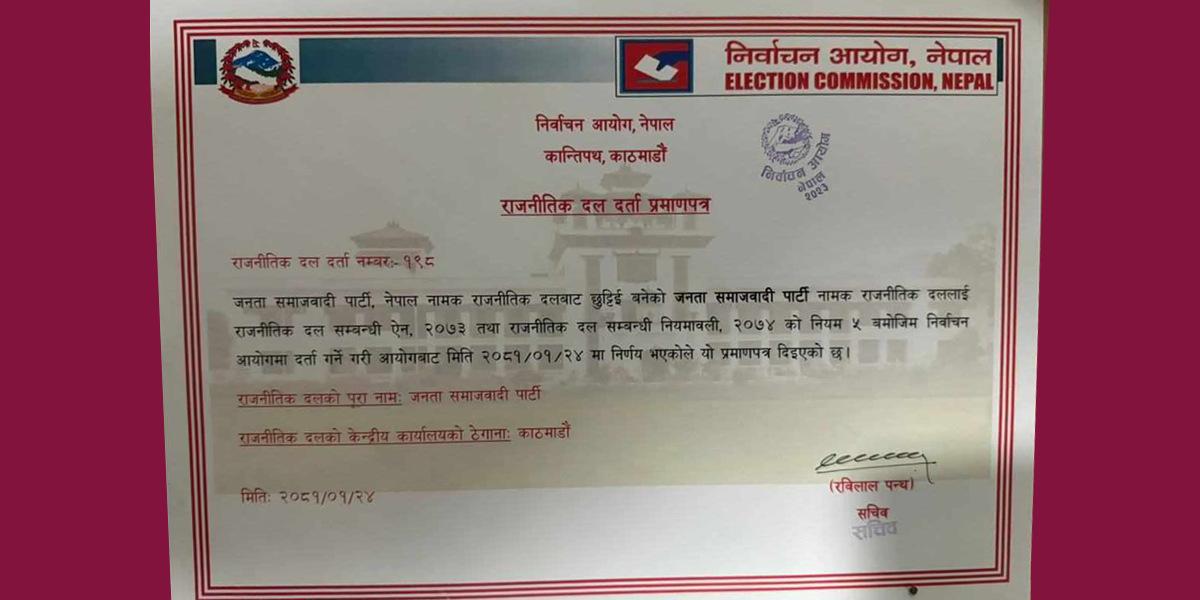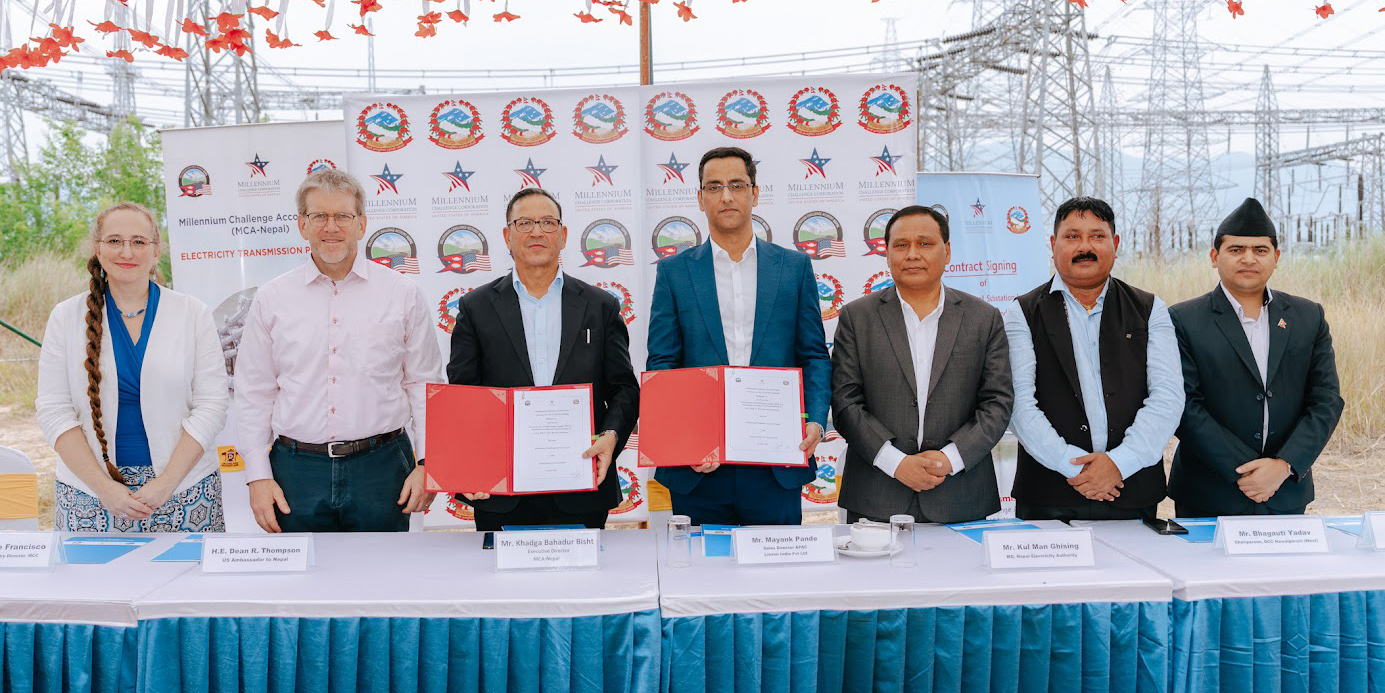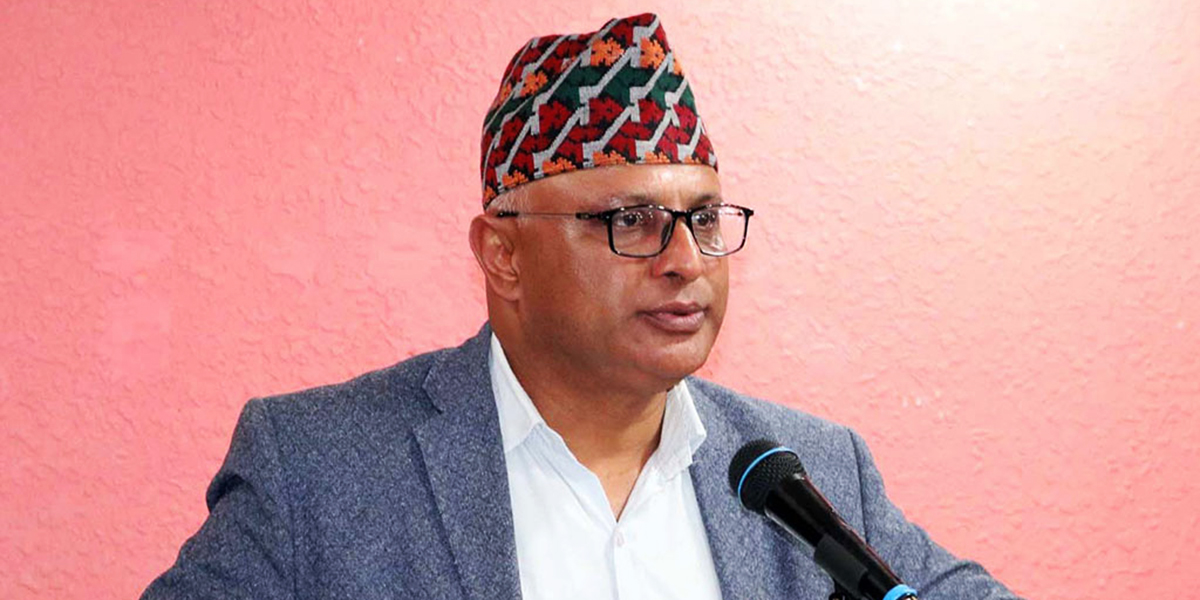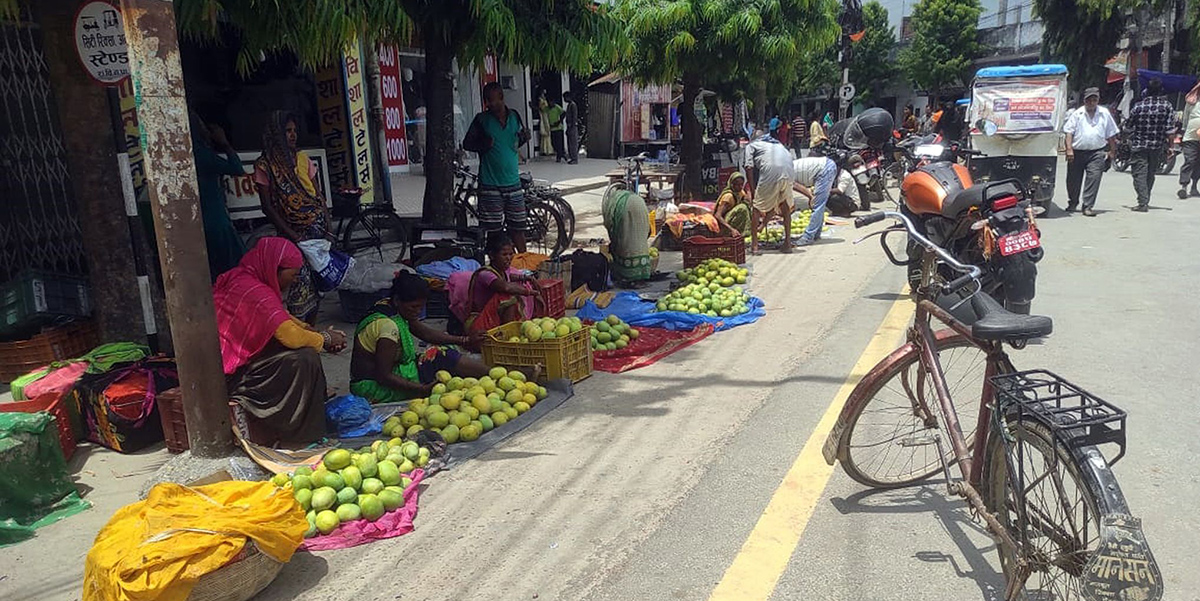 This recent photo shows roadside vendors selling mangoes in Mahottari. Photo: RSS
This recent photo shows roadside vendors selling mangoes in Mahottari. Photo: RSS
With all three tiers of government imposing different taxes, businesses are hit by multiple taxes and consumers are experiencing higher prices
KATHMANDU: With the promulgation of the new constitution, rights that were previously limited to Singha Durbar have been devolved to the local level. However, along with these rights, the burden of numerous taxes has also reached the people’s doorsteps.
Provincial and local governments are imposing new taxes and service charges on businesses established within their geographical areas, resulting in businesses being hit with double and triple taxes. Ultimately, this burden is passed on to the common people.
Let’s examine some examples. Starting from the fiscal year 2023/24, Kathmandu Metropolitan City (KMC) has decided to impose a 10% tax on car rental companies, beginning in mid-July. These businesses were already attracting a 13% value added tax (VAT). This means a 24% tax will be added to the cost of renting a vehicle. Additionally, businesses are also required to pay income tax on their profits.
The Bhairahawa Customs Office has started imposing taxes on imports worth as little as Rs 100. This places an additional burden on consumers as they must go through the tedious customs process even for small quantities of household goods.
Although agriculture and tourism have been identified as sectors with immense potential for economic development, the government has added a 13% value-added tax on certain farm and tourism products. The impact of this VAT imposition on potatoes and tomatoes is already reflected in their market prices.
Since big businesspeople cannot conduct business with small farmers who are not registered with VAT, this new provision is likely to encourage middlemen. In such a situation, farmers will not receive fair prices for their products, while end consumers will have to pay higher prices as middlemen keep a high profit margin.
Taxes Everywhere
The constitution has empowered the federal government to collect customs, excise duty, value-added tax, and corporate income tax. Additionally, the federal government has the authority to collect personal income tax, passport fees, visa fees, tourism fees, and service fees.
Similarly, provincial governments are allowed to collect land registration tax, vehicle tax, entertainment tax, and advertisement tax. Provincial governments are also responsible for the collection of tourism taxes, agricultural income tax, and service charges.
Local governments are allowed to collect property tax, service charges, tourism taxes, advertising taxes, business taxes, property taxes, and entertainment taxes.
Despite the Inter-Governmental Finance Management Act’s attempt to clarify the tax system in the Constitution to avoid double taxation, it has not been effectively implemented. The same type of business is subjected to varying taxes across provinces and local units. The three tiers of government have imposed different taxes on the same businesses. Business owners cannot pay these taxes in one place; rather, they must pay taxes from the ward, municipality, and revenue offices.
Rajesh Kumar Agarwal, president of the Confederation of Nepalese Industries (CNI), says businesspeople have to pay taxes for the same business at all three tiers of government. “Why taxes cannot be collected at one point and distributed among the tiers?” he questioned.
Naturally, the main source of income for every country is revenue and taxes. Governments have adopted strict and hassle-free methods for tax collection, such as the one-window system. However, the situation here is quite the opposite. Business owners have to pay taxes to three tiers of government at different locations.
Highest Income Tax in South Asia!
The Finance Bill of 2023 has revised the income tax rates for individuals with an annual taxable income of Rs 2 million or more. From the next fiscal year, individuals with annual incomes between Rs 2 million and Rs 5 million are required to pay a 36% income tax, while those with incomes above Rs 5 million are subjected to a 39% income tax.
Any income above Rs 500,000 per annum for individuals and Rs 600,000 per annum for couples, up to an additional Rs 200,000, will be subject to a 10% income tax. Similarly, the next Rs 300,000 of income above the 10% slab will be subject to a 20% income tax. A 30% income tax is applicable to income above Rs 1 million for individuals and Rs 1.1 million for couples, up to Rs 2 million.
In India, individuals with incomes up to INR 800,000 are not required to pay any tax. No other country in South Asia imposes an income tax rate higher than 30%. Despite Nepal having a weaker economy and income base compared to other South Asian countries like Bangladesh, India, and Pakistan, the tax burden is higher.
India has a maximum income tax rate of 30%, which is levied on incomes above INR 1.5 million. Bangladesh has a maximum rate of 25% for individuals earning over 1.6 million taka, while Sri Lanka’s highest income tax rate is 24% and the Maldives’ rate is 15%.
In Nepal, the tax burden is higher for people with lower incomes. For instance, an individual earning Rs 8,500 per month pays Rs 85 as tax to the state every month. No other country in South Asia imposes taxes on citizens with such low incomes.
Until 2009, individuals earning above Rs 2.4 million annually were required to pay a 25% income tax. Now, individuals with similar incomes are required to pay a 36% income tax. Corporate tax in Nepal has also increased to above 30% compared to 17-20% in India.
Economist Chandra Mani Adhikari argues that Nepal’s tax policy is not justified given the current inflation rate and global environment. He criticizes the tendency to squeeze people in the name of increasing the country’s income without conducting proper studies, stating that Nepal’s tax policy is socially and economically inappropriate.


